In the rigorous world of science, where solid proof sits on the throne, the vague and mysterious entity known as Bigfoot seems to keep a firm footing. Over many years, I've sifted through countless stories, studied unclear footage, and inspected molds of massive footprints, all to try and comprehend this puzzling being. It's an interesting challenge, trying to bring together the factual data and the intriguing stories told by those who insist they've met this elusive creature. But the mystery still stands, is Bigfoot a real creature hiding in our world's darkest corners, or just a myth, a shared illusion sprung from our ancient fear and awe of the unknown? It's a puzzle that deserves more investigation, and who knows, we might be on the verge of an earth-shattering discovery.
Fbi's Investigation Into Bigfoot
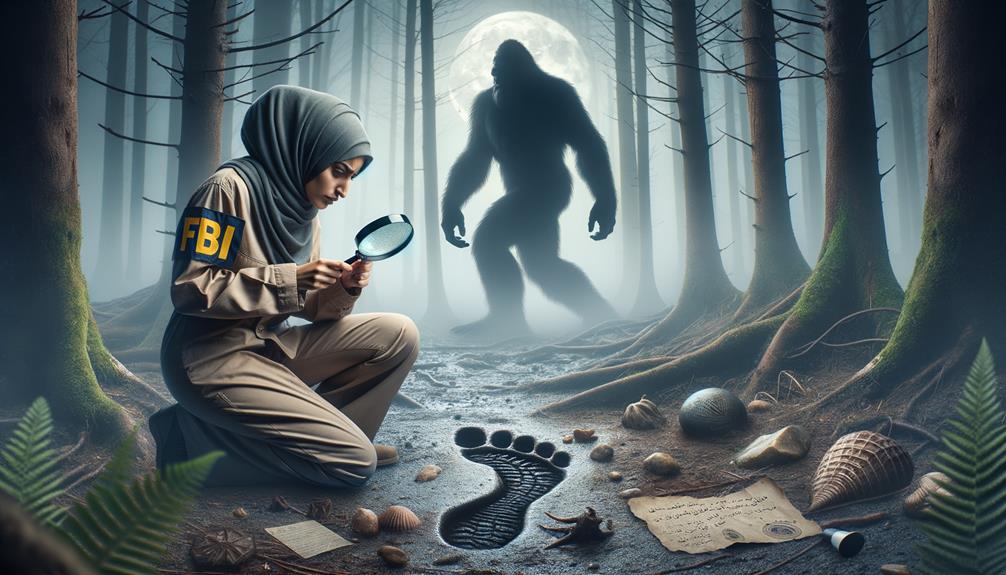
The FBI's dive into the Bigfoot mystery is no doubt fascinating. However, it's important to understand that when they examined supposed Bigfoot hair samples – which turned out to be from the deer family – they weren't confirming Bigfoot's existence. This point is often highlighted by the deputy editor of Skeptical, reminding us of the need for scientific caution when looking into Bigfoot evidence.
Truth be told, the FBI's Bigfoot investigation was pretty narrow. The Bureau is renowned for its careful handling of physical evidence, and in this case, they simply offered a favor to Peter Byrne, who was running the Bigfoot Information Center and Exhibition. The FBI wasn't trying to provide concrete evidence of Bigfoot's existence, but rather to perform a genetic analysis of the samples Byrne sent in.
Let's also talk about geneticist Bryan Sykes' work, which underscores the importance of robust scientific methods in Bigfoot research. Just like the FBI's investigation, Sykes' work reminds us that we should be careful, skeptical, and adhere to scientific rigor when examining potential Bigfoot evidence. At the end of the day, despite numerous claims, the tangible and genetic evidence backing up Bigfoot's existence remains hard to pin down and unconfirmed.
Forensic Evidence Supporting Bigfoot's Existence
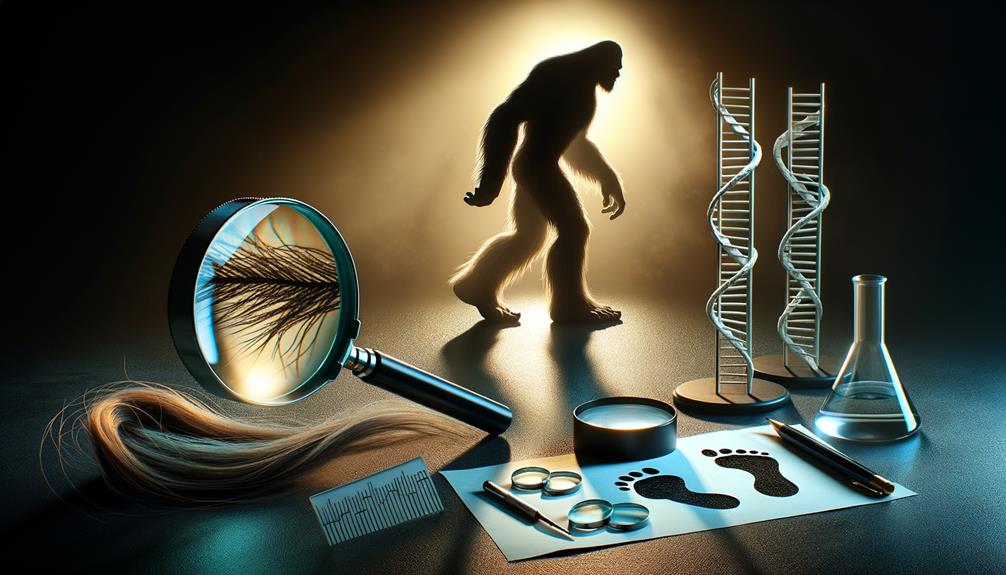
It's simple to write off Bigfoot as just a tall tale. However, a mounting collection of forensic clues like footprint analysis and imprints suggests that this might be more than just groundless conjecture. Those who believe in Bigfoot cling to the hope that evidence such as the unique tracks studied by investigator Jimmy Chilcutt truly belong to the elusive creature, not some misidentified beast.
The Patterson-Gimlin film, a key part of the supposed Bigfoot proof, is still a hot topic of debate. Yet, the reliability of other discoveries like the Skookum Cast lends credibility to the argument. The faith of esteemed researcher Jane Goodall in cryptids, which include Bigfoot or Sasquatch, bolsters the argument further.
| Forensic Evidence | Source | Credibility |
|---|---|---|
| Bigfoot tracks | Jimmy Chilcutt | High |
| Patterson-Gimlin film | Roger Patterson and Robert Gimlin | Controversial |
| Skookum Cast | Unknown | Moderate |
| Bigfoot fur | Various Bigfoot samples | Variable |
| Jane Goodall's belief | Jane Goodall | High |
The hunt for the elusive Bigfoot carries on, with every shred of evidence put under the microscope. While we might not have conclusive proof, the forensic evidence in favor of Bigfoot's existence is intriguing enough to keep the legend going strong.
Laboratory Analysis of 'Bigfoot' Samples
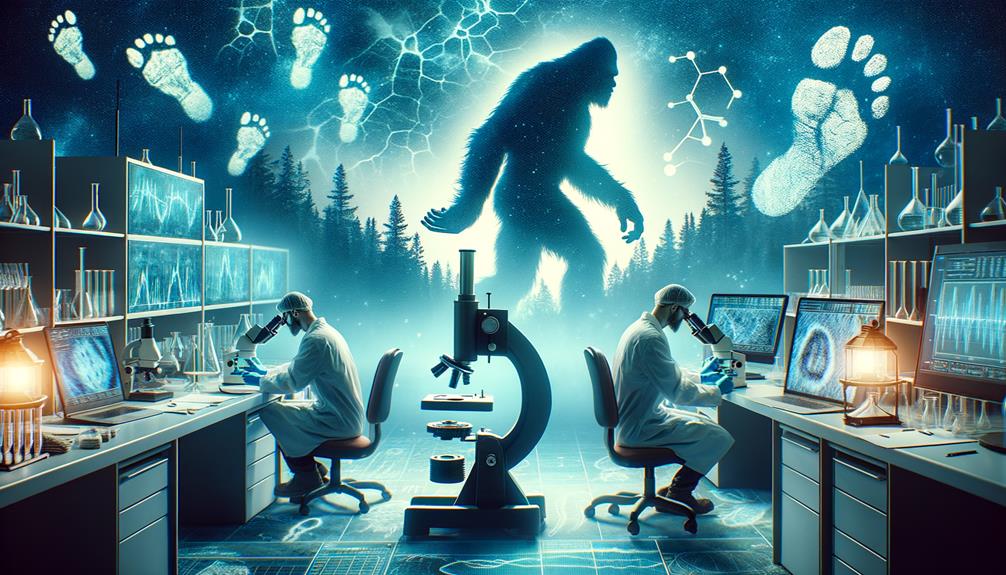
In our ongoing search for the truth about Bigfoot, we've delved into the lab analysis of samples that some people believe are linked to this hidden creature. Notably, the hair samples that Bigfoot investigator, Peter Byrne, sent over to the FBI for testing. This scientific study took a look at 15 hair samples thought to be from Bigfoot. However, the results threw a curveball at those who were hoping to verify Bigfoot's existence. The DNA analysis revealed that these samples were actually from the deer family.
But don't lose heart just yet. Out of the 66 samples collected over time, not all have been unproductive. The University of Oxford, in a different study, analysed various hair samples from different parts of the globe. Although their findings didn't confirm Bigfoot's existence, they did underline the need for strict scientific methods when dealing with such mysterious subjects.
Genetic Studies on Bigfoot
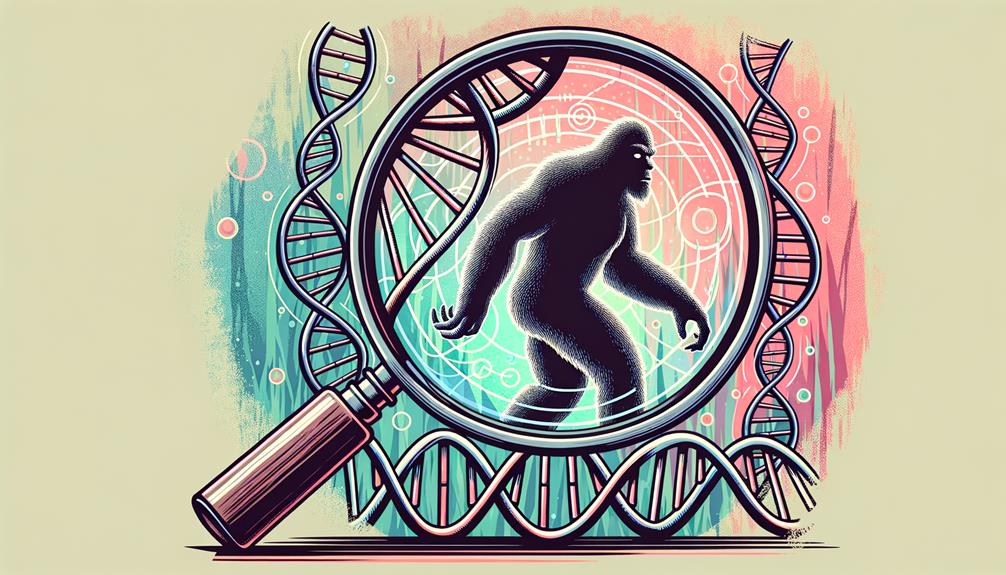
Let's take a more casual, yet engaging look into the world of Bigfoot from a genetic perspective. The University of Oxford and the Museum of Zoology have spent considerable time and resources researching this legendary creature. North America is full of stories about enormous footprints and sightings, including the famous Roger Patterson film in Northern California and Washington State. A large number of people hold a firm belief in Bigfoot, which has resulted in some serious scientific investigations.
The scientific journey to understand Bigfoot is just as compelling as the stories and folklore surrounding it. Researchers have invested a great deal of effort into this, particularly through genetic studies. A collection of 57 hair samples were gathered from Bigfoot enthusiasts and museums around the globe for genetic examination. Out of these, 30 samples were sequenced and the findings were unexpected. Each sample aligned with the 12S RNA sequences of familiar species such as bears, horses, wolves, dogs, and even humans.
What really grabbed attention were two samples from India and Bhutan that aligned with the 12S RNA of polar bears. This hints at a potential hybrid species between Himalayan bears and polar bears. However, these results also contradict the existence of Bigfoot, but that hasn't stopped our fascination with the creature.
The Reality Behind Bigfoot Phenomenon
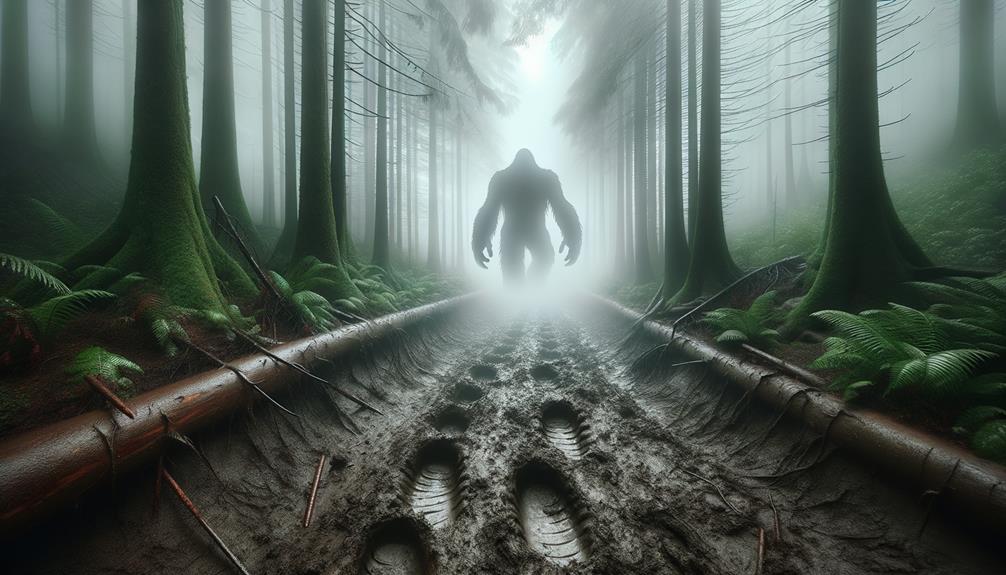
The Bigfoot phenomenon is a topic that attracts much debate and curiosity. If we look closely at the available evidence and conclusions drawn from comprehensive scientific investigation, we see an interesting picture. There are countless accounts of people claiming to have seen the creature, with some even presenting what they believe to be proof. This includes items like hair samples that, upon closer inspection by the FBI, turned out to be from the deer family.
In the book, The Life and Times of Bigfoot, the editor of Skeptical Inquirer—a publication that challenges paranormal and pseudoscientific assertions—frequently suggests that the lack of concrete evidence should raise eyebrows. Even esteemed primatologist Jane Goodall has voiced that the existence of Bigfoot is yet to be firmly established.
Interestingly, distinct footprints believed to be of this elusive creature have been discovered. However, skeptics such as Ray Wallace, a well-known Bigfoot prankster, present a different perspective. Research conducted at a University in New York and a State University, involving biological samples alleged to be from Bigfoot, have yet to yield any solid evidence. The truth of the matter is that Bigfoot continues to teeter on the edge of being a myth and a potential scientific revelation, stimulating our collective curiosity.
Frequently Asked Questions
What Are the Most Popular Theories About Where Bigfoot Originated From?
There's a fascinating mix of ideas out there about where Bigfoot came from. Some folks reckon it's an ancient type of human that's managed to stick around, others propose it might be a creature that can skip between dimensions. Then there are those who see it as nothing more than a tall tale from North American culture and folklore.
Are There Any Recorded Cases of Direct Human and Bigfoot Interactions?
You bet, there's a ton of stories out there about people bumping into Bigfoot. Most of these are tales told by folks who've been out in the wilderness. The catch, though, is that none of these stories have solid proof to back them up. There's no clear-cut evidence or agreement among scientists.
What Are the Common Characteristics or Traits Associated With Bigfoot?
So, you're curious about Bigfoot, eh? Well, let's chat about the common characteristics that are often tied to this legendary creature. First off, Bigfoot is typically described as being quite large, with a look that somewhat resembles an ape. And those footprints? They're said to be enormous! You might also hear tales about Bigfoot being a creature of the night, quite difficult to spot, and preferring the solitude of remote places. But remember, all these details spring from folklore and stories of sightings that haven't been officially confirmed. It's an intriguing mystery, isn't it?
Has Bigfoot Been Sighted in Places Other Than North America?
Absolutely! Bigfoot isn't just a North American phenomenon. Reports of similar creatures have come in from all around the globe. Take the Yeti in the Himalayas, for example, or the Yowie down in Australia. Isn't that intriguing? Despite these reports, though, solid proof remains hard to come by.
Are There Any Cultural or Historical References to Creatures Resembling Bigfoot?
Absolutely, our history and cultures are peppered with stories about Bigfoot-like creatures. From the Yeti that features in Asian tales, to the Sasquatch of North America, it seems that these massive, hairy humanoid figures have found a place in our collective storytelling. Isn't it fascinating how such creatures have captured our imaginations, regardless of geographical boundaries?

